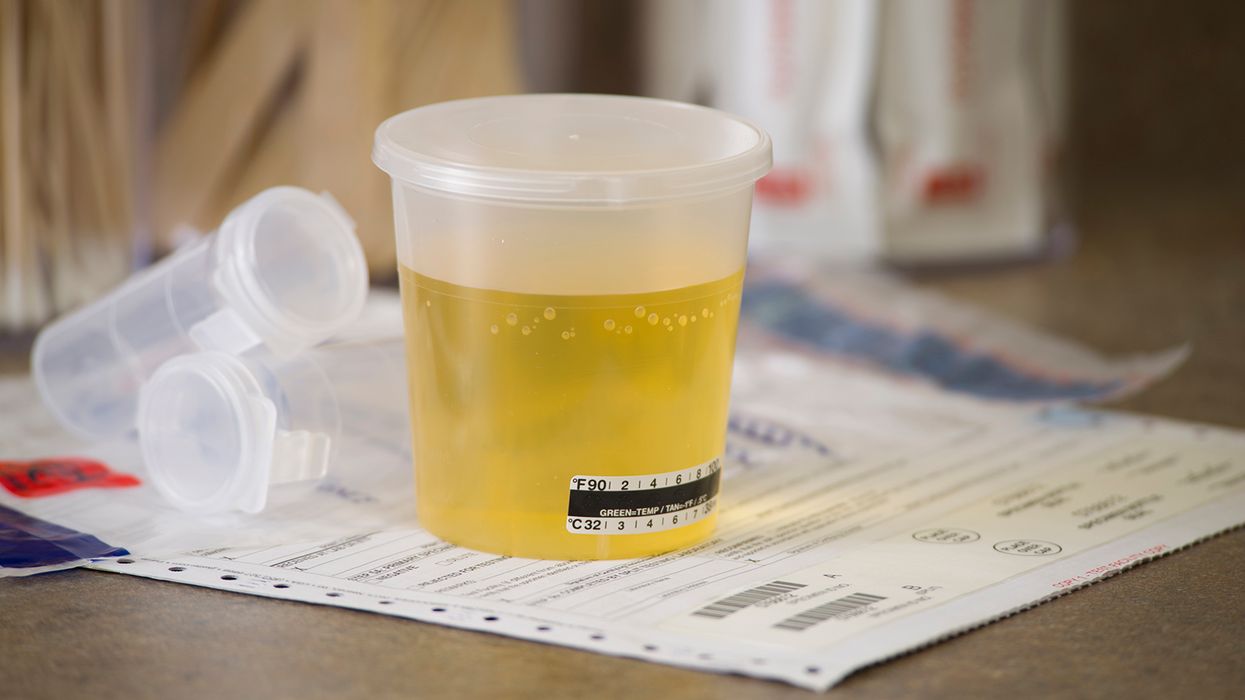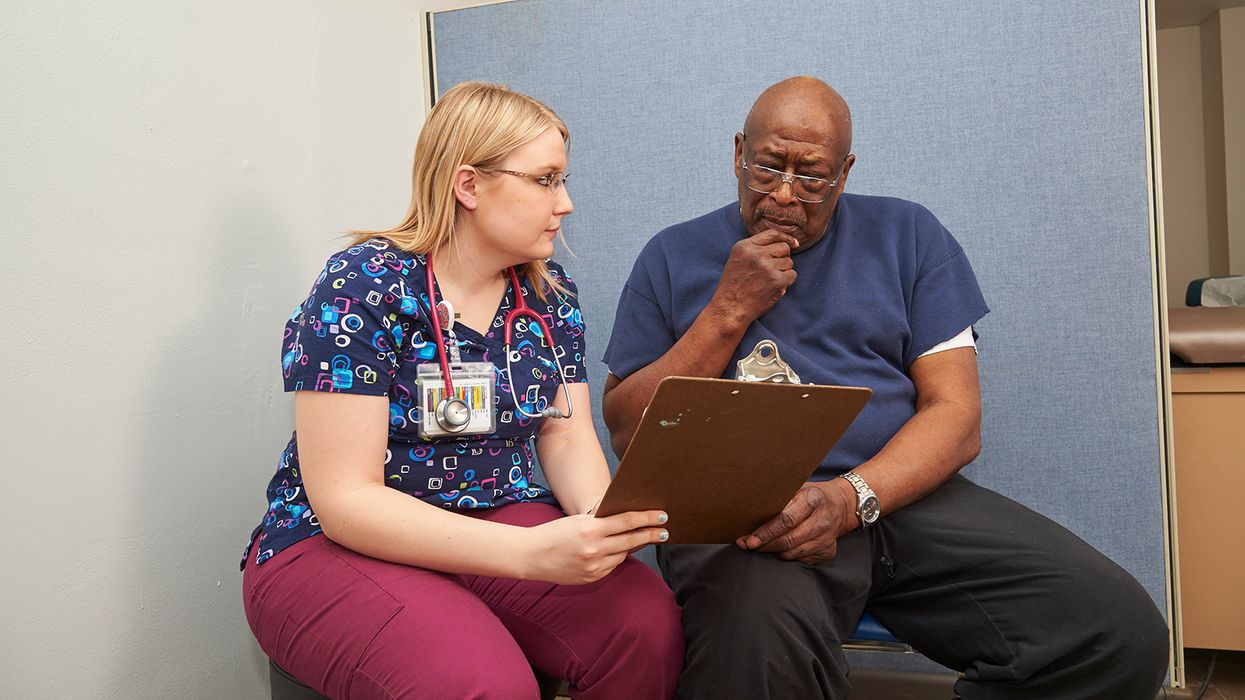When to recalculate FMLA eligibility
Under the federal Family and Medical Leave Act (FMLA), eligible employees are entitled to take up to 12 weeks of job-protected leave in a 12-month leave year period for qualifying reasons.
Employees become eligible to take FMLA leave when they:
- Have worked for the company for at least 12 months (need not be consecutive),
- Have worked at least 1,250 hours in the 12 months before the leave is to begin, and
- Work at a location with at least 50 company employees within 75 miles.
Once employees meet these criteria and take leave for a particular reason, their eligibility remains intact for the duration of the 12-month leave year period. Employers should not recalculate an employee’s FMLA eligibility — particularly the 1,250 hours criterion — each time the employee takes intermittent or reduced schedule FMLA leave. The employee remains entitled to FMLA leave for that reason even if they fall below 1,250 hours at some point in the 12 months.
If, however, that employee asks for FMLA leave for another qualifying reason, the employer would recalculate the employee’s eligibility for that new FMLA requested reason.
To illustrate
Here are examples to show how this works:
- An employee with multiple sclerosis (MS) was eligible and took intermittent FMLA leave in April and May but needed leave again when the episodes of incapacity recurred in July and again in October. She would be entitled to FMLA leave without having to re-qualify under the 1,250-hour eligibility test so long as the absences occurred within the same 12-month period, and she still had FMLA leave available.
If the employee needed leave for MS again in a new 12-month period, the employee would have to re-qualify under the 1,250-hour eligibility test to be entitled to take FMLA leave for the same condition in the new 12-month period. - Assume the same facts as in the first example and, in addition, assume that she has a car accident and needs six weeks of FMLA leave to recover.
If, at the time of this second and different FMLA-qualifying reason, the employee met the 1,250-hour eligibility test, she would be entitled to FMLA leave for that second reason.
The employee would also continue to be eligible for intermittent FMLA leave for MS for the rest of the current 12-month period or until she ran out of the 12 weeks of leave. - Assume the same facts as in the second example, except at the time of the car accident, the employee does not meet the 1,250-hour eligibility test. In this situation, the employee would not be entitled to FMLA leave for the car accident. She might take time off as an accommodation or some other kind of leave, but it wouldn’t be FMLA leave.
Thus, it’s possible that an employee could remain eligible for leave for one FMLA-qualifying reason for which the employee met the 1,250-hour test (i.e., MS), but not be eligible for FMLA leave for a different FMLA-qualifying reason (i.e., car accident), due to the 1,250- hour test being re-calculated at the beginning of the second and separate reason for leave.
Key to remember: Employers may not recalculate employee eligibility to take FMLA leave during the 12-month leave year when leave is taken for a particular qualifying reason.



















































